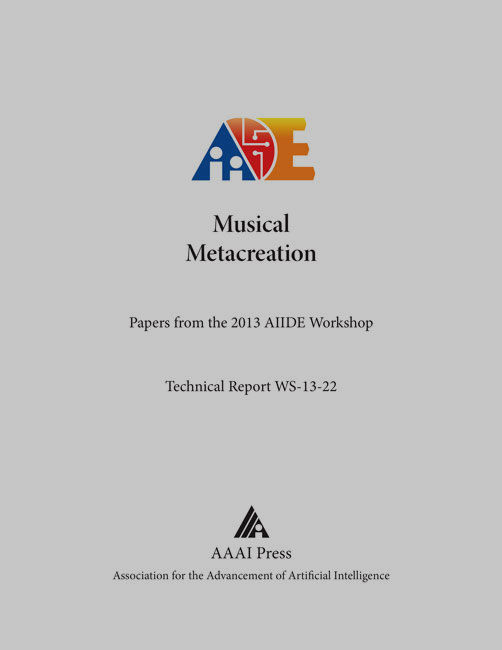Automatic Harmonization Using a Hidden Semi-Markov Model
DOI:
https://doi.org/10.1609/aiide.v9i5.12654Keywords:
hidden semi markov model, hidden markov model, machine learning, key signature, pitch class, dwell time, chord progression, rock n roll, chord sequence, markov model, harmonic analysis, hidden sequence, state transition, residential time, state durationAbstract
Hidden Markov Models have been used frequently in the audio domain to identify underlying musical structure. Much less work has been done in the purely symbolic realm. Recently, a substantial amount of expert-labelled symbolic musical data has been injected into the research community. The new availability of data allows for the application of machine learning models to purely symbolic tasks. Similarly, the continued expansion of the field of machine learning provides new perspectives and implementations of machine learning methods, which are powerful tools when approaching complex musical challenges. This research explores the use of an extended probabilistic model such as the Hidden Semi-Markov Model (HSMM) to approach the task of automatic harmonization. One distinct advantage of the HSMM is that it is able to automatically differentiate harmonic boundaries, through its inclusion of an extra parameter: duration. In this way, a melody can be harmonized automatically in the style of a particular corpus. In the case of this research, the corpus was in the style of Rock 'n' Roll.

